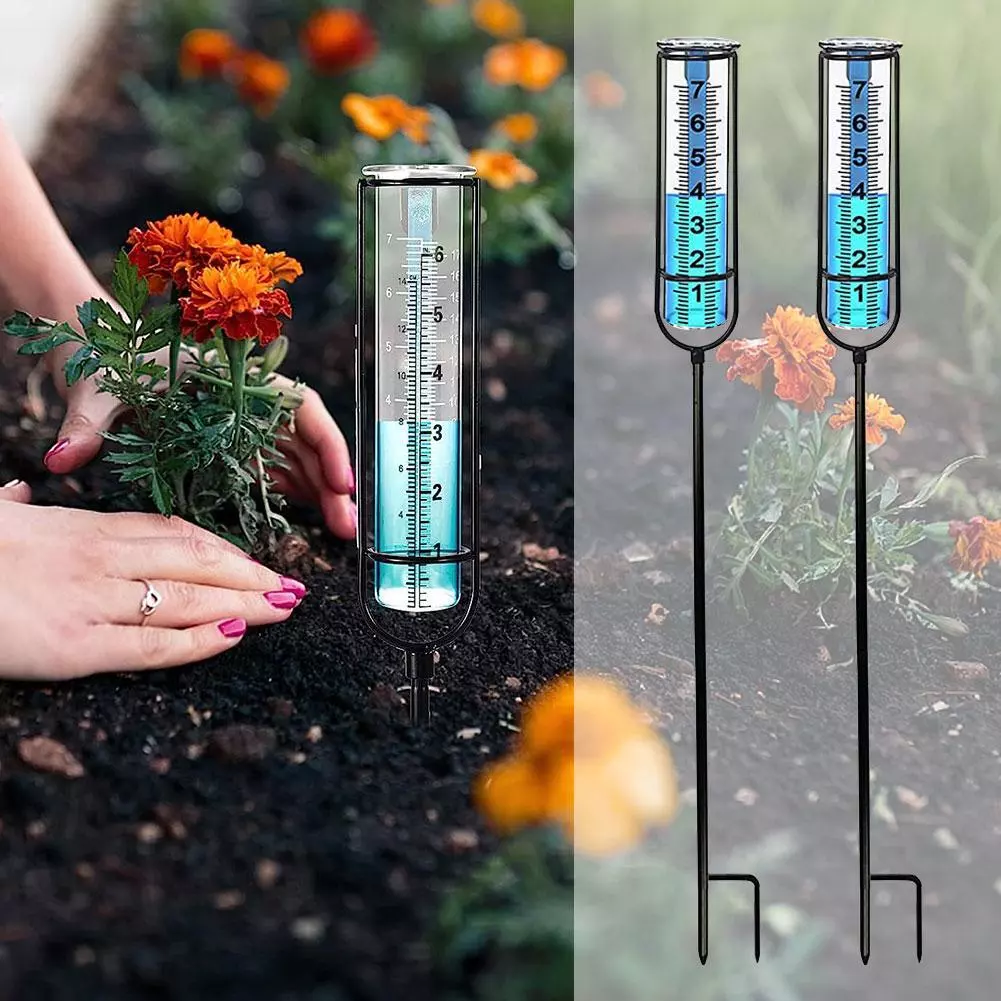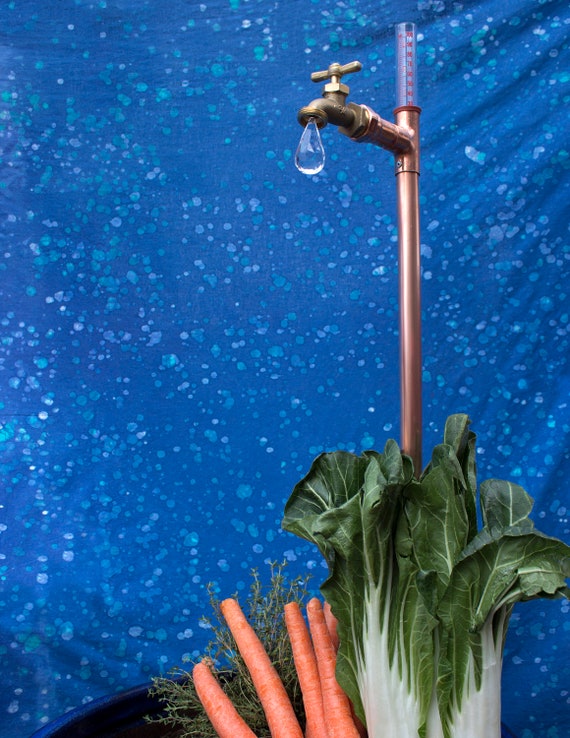The Rain Gauge: Crucial Information and Finest Practices for Weather Condition Fanatics
The Rain Gauge: Crucial Information and Finest Practices for Weather Condition Fanatics
Blog Article
Understanding Rain Gauge Dimensions: A Full Guide
Understanding Rainfall Gauge Measurements: A Total Overview is a thorough resource for any person looking for a much deeper understanding of rainfall gauge dimensions. Rain is an essential consider various sectors, consisting of agriculture, water, and weather forecasting resource administration. This overview intends to provide viewers with a comprehensive understanding of the importance of rain scale measurements, the various kinds of rain gauges offered, and how these dimensions are gotten and analyzed. Furthermore, it explores the aspects that can affect the accuracy of rainfall scale readings and provides functional suggestions for obtaining precise dimensions. Whether you are a specialist in the area or simply have an inquisitiveness about rainfall measurement, this overview will furnish you with the expertise needed to effectively make use of rainfall scale dimensions.
The Importance of Rainfall Gauge Measurements
The significance of rainfall scale measurements lies in their role as a crucial tool for accurately examining and keeping an eye on precipitation levels - The Rain Gauge. Rain gauge measurements offer useful information that assists hydrologists and meteorologists comprehend patterns and patterns in rainfall, which in turn help in different areas such as agriculture, water resource management, and climate research study

Exact rains dimensions are necessary for agriculture as they assist in determining watering demands, plant development, and yield forecasts. Farmers count on this details to make informed decisions about when to sprinkle their plants, stopping water wastage and ensuring optimal plant health. Additionally, rains data assists in examining the impact of droughts or extreme rainfall on crop production, enabling farmers to take proper procedures to reduce losses.
Water source administration greatly relies on rain gauge dimensions to determine the amount of water available in lakes, tanks, and rivers. Accurate measurements allow water supervisors to make educated choices concerning water allocation and distribution, guaranteeing lasting use and preventing scarcities. This information is especially critical in areas where water deficiency is a pushing problem.
Moreover, rain scale dimensions play a crucial role in environment study. By precisely gauging rainfall over expanded periods, researchers can evaluate long-term climate patterns and determine adjustments in rainfall patterns due to environment change. This data helps policymakers and researchers create methods to adjust to and alleviate the results of environment adjustment.
Kinds Of Rainfall Scales
There are various sorts of rain determines used to gauge rainfall precisely. Each kind has its own benefits and limitations, making them suitable for different functions and atmospheres.
One of the most typical sort of rainfall gauge is the common round scale. It contains a cylindrical container with a wide funnel-shaped top to collect rainwater (The Rain Gauge). The water is then channelled into a graduated gauging tube, enabling specific measurement of the amount of rains
An additional type is the weighing rainfall scale. This scale uses a sensitive equilibrium to gauge the weight of the collected rainfall. By transforming the weight right into quantity, the amount of precipitation can be established. Considering rainfall gauges are specifically beneficial in locations with icy precipitation or hefty rains, as they are not influenced by spraying or evaporation.
Tipping bucket rainfall assesses employ a device that pointers a tiny container each time it accumulates a specific quantity of rain. The variety of ideas is videotaped and utilized to compute the rainfall. This kind of scale is typically made use of in automated weather condition stations due to its low upkeep requirements and capacity to offer real-time data.
Finally, there are radar-based rain assesses that use radar technology to estimate rainfall. These assesses here determine the strength of rains in a details area by evaluating the shown radar signals. They are particularly helpful for determining rainfall over big areas or in remote locations.
Exactly How Rain Scale Measurements Work
Rainfall gauge dimensions are based on the principle of collecting and measuring the quantity of rainfall. These instruments are created to record rainwater and provide an accurate dimension of the rainfall in a particular area.
One of the most common sort of rain scale is the standard cylindrical gauge. It includes a cylindrical container with a large opening on top to gather rainwater. The accumulated water is then funneled into a gauging tube, which is calibrated to give the dimension in systems of length, commonly millimeters or inches.
One more type of rain scale is the tipping bucket scale. It utilizes a seesaw-like mechanism with two pails that tip when they reach a specific weight threshold. Each tip of the container stands for a particular volume of rains, allowing for accurate measurements.
Some advanced rainfall determines are geared up with digital sensors that immediately record and transmit information. These sensors use various innovations such as ultrasound or laser to determine the amount of rains properly.
Factors Influencing Rainfall Scale Precision
Ecological variables such as wind, temperature, and climatic stress can substantially impact the precision of rain scale measurements. Modifications in atmospheric pressure can also affect the precision of rainfall scale measurements, as they can modify the rate at which rains is accumulated.
Functional variables, on the various other hand, refer to aspects associated with the design, installation, and upkeep of the rainfall gauge. The placement of the rain scale in a location with blocked air movement or near trees or structures can bring about imprecise readings as a result of clog or splattering of rains. Improper calibration or irregular upkeep of the rain gauge can additionally impact its accuracy.
To make certain the accuracy of rainfall gauge measurements, it is vital to consider these factors and take ideal measures. This may include picking a proper area for the rainfall scale, making certain proper installation and maintenance, and frequently adjusting the instrument. By attending to these factors, reliable and exact rainfall dimensions can be obtained, which are critical for different applications such as weather projecting, hydrological studies, and agriculture.
Tips for Properly Measuring Rainfall
To make sure specific rains dimensions, it is crucial to apply certain strategies and methods when making use of a rainfall scale. Below are some suggestions for properly determining next rains:
Correct Positioning: Position the rainfall gauge in an open location, away from trees, structures, and other blockages that might disrupt the rains collection. It must be positioned on a level surface area to stay clear of water merging or overflow.

Read the Scale Properly: When taking dimensions, checked out the water level at eye degree from all-time low of the crescent. Stay clear of parallax errors by straightening your view directly with the water level.
Consistent Time Interval: Establish a constant time period for measuring rains, such as every 24-hour or after each rains occasion. This makes sure precise tracking and contrast of precipitation information.
Document Measurements Without delay: Tape rains measurements immediately after collection to prevent evaporation or splilling. Utilize a rainfall scale with a built-in data logging function for automatic recording.
Verdict
In conclusion, comprehending rain gauge measurements is crucial for properly gauging rains. It is crucial to think about aspects that can impact the precision of rain scale measurements, such as evaporation, placement, and wind.
Understanding Rain Gauge Dimensions: A Total Overview is a comprehensive source for any person seeking a deeper understanding of rain scale measurements. Whether you are a professional in the area or merely have an inquisitiveness concerning rainfall dimension, this guide will furnish you with the understanding needed to efficiently use rain gauge dimensions.
The most usual kind of rain scale is the conventional round gauge.The most usual type of rainfall gauge is the conventional cylindrical gauge.One more type of rainfall scale Home Page is the tipping container scale.
Report this page